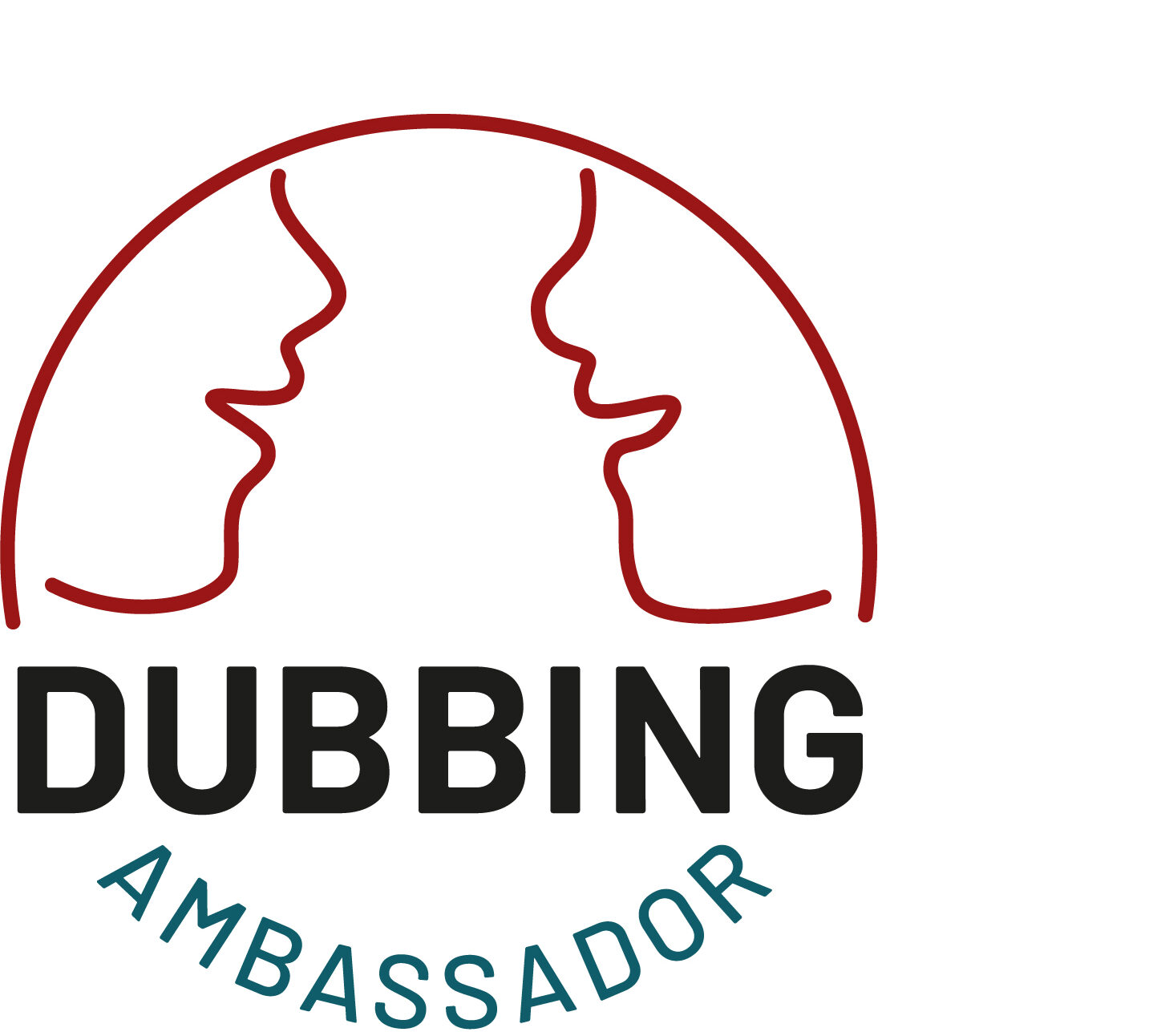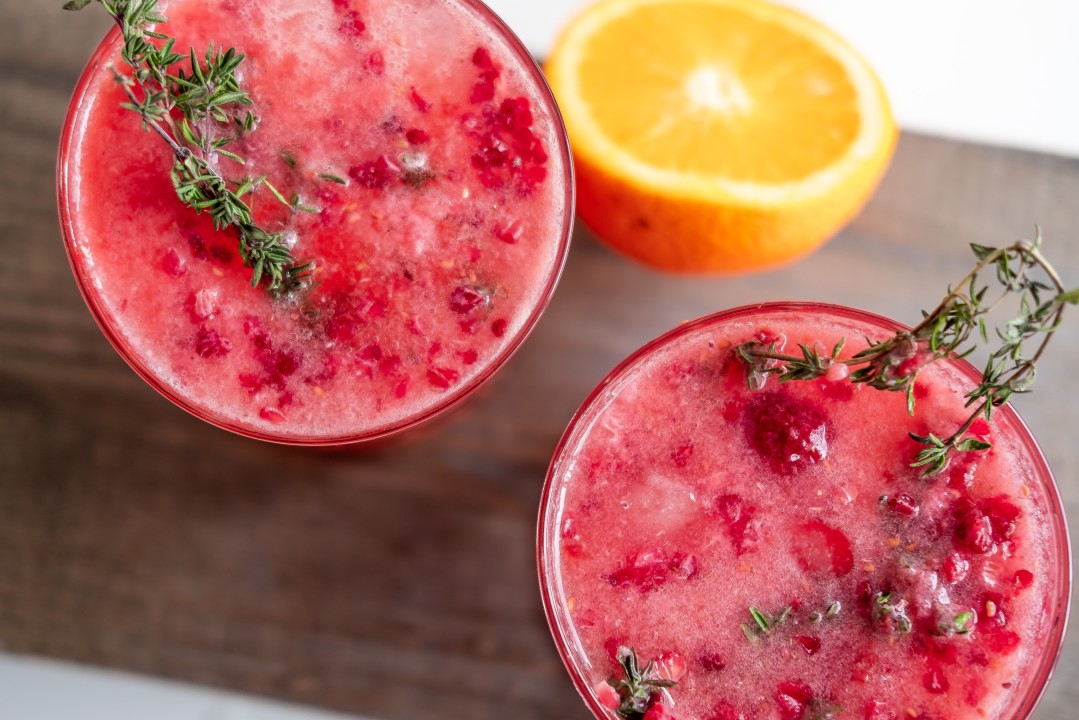Most of the new technologies and workflows I see in the area of localization right now aim at making a foreign “product” (or “asset”, or any of the other terms used for what used to be called movies or series) more palatable to a local audience. What that means is this:
Let’s say we have a soft drink made from orange juice, sugar, and carbonated water that we call Orangeade. It’s very popular in our country, and tourists from abroad keep ordering Orangeade and try to find ways to smuggle it back home in their carry-on. So we think, why not try and export Orangeade.
We do some research and find out that in that other country, people generally like it a little less sweet. So we reduce the sugar. They also like it a little more sour. So we add a splash of lemon juice. They also prefer their drinks very bright and colorful. So we add some food coloring to make it pop. By this time the drink is a bit different, but it’s still the Orangeade we love, only a little more palatable to the consumers in the other country.
Orangeade is a word that’s a bit difficult to pronounce for foreigners. We always noticed that when they were ordering the drink. So we help them and rename the drink “Orgine”. At the last minute, an intern finds out that “orgine” is that country’s word for “food poisoning”. Phew. Close call. We promote the intern and change the name of our drink to “Orangetta”.
We go to market. No one buys the drink. How come? Everyone liked it when they came to our country, why don’t they like it at home?
Well, say the foreigners, when asked: Orangeade was always bit too sweet and neither sour nor colorful enough, but hey, it was how you guys liked it. It meant traveling, it meant vacation, it meant, taking part in a foreign culture. We loved it.
Now imagine you’re American and you’re watching a French movie. You might think it’s all a bit overdramatic and people talk too fast (I realize I’m using clichés here), and even though you did well in your high school French class, you don’t really understand a word they’re saying. But hey – you wanted French movie, you got French movie.
You might be watching the film with English subtitles, so you get the full impact of the French language, and the original actors’ voices, but there might only be room in the two lines of subtitle for half the dialogue and you’re missing some things that are visible in the background, but it’s what you want. It’s still the original Orangeade and maybe you added at bit of water to make it less sweet.
You might be watching it dubbed into English. Fabulous. Now all the dialogue is there, the performance recreated – you get the Orangeade with a little less sugar and a little more color.
But at some point, the adaptation crosses the line. It looks like the French actors are actually speaking English while carrying baguettes under their arms and drinking wine in sidewalk cafés. Maybe you’ll ask post production to change the baguettes to burgers and the wine to water. We can do it all, we’re wizards with AI-powered wands, no?
Now you have the Orangetta and you’re going to be wondering why people don’t want to drink it.
The more you manipulate the original, the less interesting you’re making it. You’re erasing difference. You’re taking away everything that’s fun, you’re making it boring and bland until people will be asking why even buy what you have to sell.




